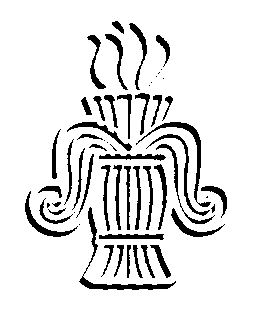
VAASA

Vaasa (Vasa in Swedish) was founded in 1606 by King Charles IX of Sweden and is the capital city of the Province of Vaasa and of Ostrobothnia. At present Vaasa has about 55,000 inhabitants, of whom 73 per cent are Finnish-speaking and 27 per cent Swedish-speaking.
Vaasa is a seaside town. Its position at the nar west point of the Gulf of Bothnia makes it an important link between Finland and Sweden. The Vaasa archipelago is famous for its abundant plant and animal life. Furthermore, the linguistic and ethnic composition emphasizes the town¼s Nordic character. Over 60 per cent of the people earn their living in business and services, and about 35 per cent in the manufacturing and construction industries. The most important areas of manufacturing are electricalgoods and motors, plastics, foodstuffs and textiles.
The cultural life of the town is lively. The Finnish City-Theatre, the Swedish Wasa Theatre, and the bilingual puppet theatre, the City Orchestra, the Vaasa Opera Company, and numerous other musical groups and choirs ensure a bustling cultural life for the city. The Korsholm Music Festival is one of the most enjoyable musical events arged in Finland during the summer. The Vaasa art collections and the Ostrobothnian Museum¼s folklore collection are among the finest in the country.
In recent years Vaasa has also developed into a popular tourist centre. Silja Line offers a fast ferry service to Sweden, while the Wasalandia amument park and the Tropiclandia spa attract an increasing number of tourists from far and near to the sunniest city in Finland.
There is also an extensive range of sporting facilities provided by athletic clubs, workers¼ institutes, and private companies ‚ all of these no doubt have something to offer to everybody.
BACK